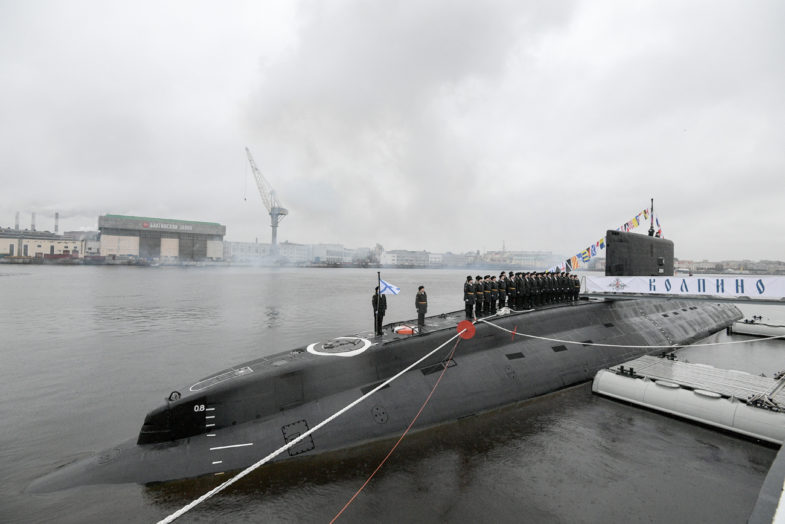The Benefits Of A Fully Functioning Maritime Tracking And Surveillance Programme


Whether your marine project encompasses the building, maintenance and functioning of an offshore wind farm, or requires vessel management for the purposes of tracking vessels carrying people, equipment and goods from location to location, there is a requirement for a fully functioning maritime tracking and surveillance programme that can be fully integrated into your operating system. Managing expensive and sensitive equipment and personnel requires accuracy and dedication, with the only way to ensure that occurs is through the implementation of a system that can be trusted to provide real-time data.
There are so many different active and moving parts at any one time when working within any offshore, maritime project, that it is understandable that the highest technology is required to keep everything in line and away from potential loss or collision. A full surveillance and tracking programme allows for the building of a safe and ultra efficient maritime working environment that provides management and other personnel with the right permissions, to see where all the moving pieces are at any given moment. Asset, personnel and vessel tracking can make the difference between a successful project and an unsuccessful one, ensuring that all assets are safe from harm and protected as best as they possibly can be through careful tracking and management of maritime routes, being aware of other vessels and objects at all times.
As well as providing real-time data, maritime tracking and surveillance provides the chance for an historical log, with detailed notes wherever applicable, for vessels and individual assets. This type of information could be crucial in future should there be an incident involving one of those assets, with past, historical data being useful in determining the correct course of action in any given scenario.
![]()
What are the benefits to a fully integrated and highly-functioning maritime tracking and surveillance programme?
The firs thing to consider is that it provides instant access to information during those imperative and critical early stages of an emergency situation at sea. In a matter of minutes, GPS tracking or other methods of tracking and staff logs, can be utilised to find the whereabouts of personnel, or the exact location of a vessel in relation to a storm or incident involving another vessel. The longer an incident goes on without knowing accurate data of your assets, the more likely they are to be at risk.
It allows during regular working processes that all personnel are present and accounted for, providing the ability to offer precise locations for individuals who are working on an offshore project, or en route travelling on a vessel. A maritime tracking and surveillance system also works as a great administrative tool, cutting down manual processes and offering fast response times to make personnel and asset transfers much more time and cost efficient than when using solely manual methods.
Most of all the careful and accurate tracking and surveillance of all assets on a maritime project allows for good management of the entire overview of a project, combining all accurate data within a fast timeframe to ensure everything runs as smoothly as possible
Nicolas Howle
